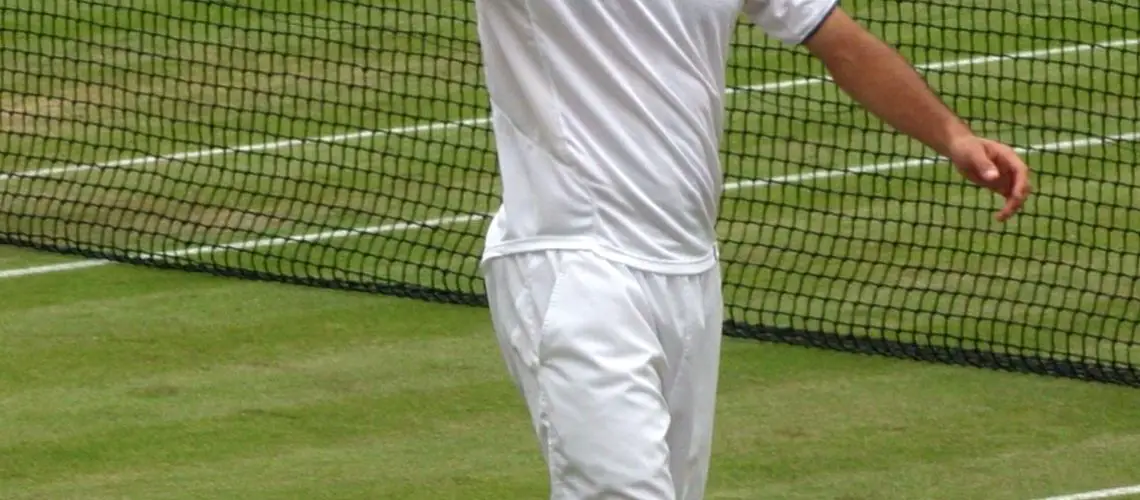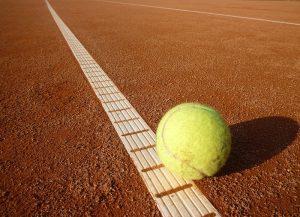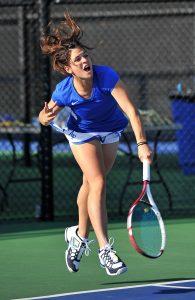We may earn money or products from the companies mentioned in this post.
Introduction
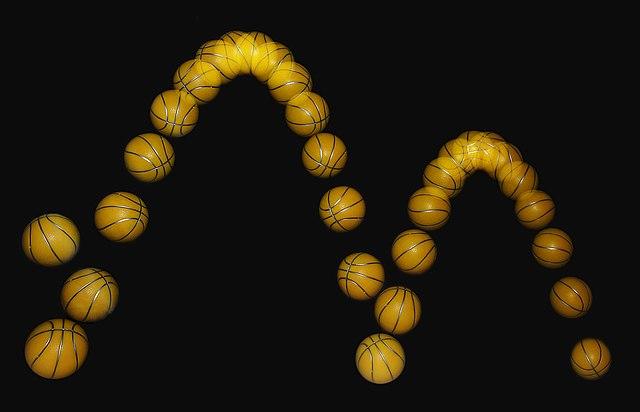
Tennis, often referred to as the “sport of kings,” is a captivating game that requires skill, precision, and strategy One important aspect of tennis is the bounce of the ball The way a tennis ball bounces can significantly affect the outcome of a match, making it an intriguing topic to explore
The Importance in the Game of Tennis
The bounce of a tennis ball plays a crucial role in determining how players approach their shots and strategies Understanding the behavior of the ball after it hits the ground allows players to anticipate its trajectory and adjust their positioning accordingly Whether it’s hitting powerful groundstrokes or executing delicate drop shots, having a good grasp on how the ball bounces gives players an advantage on the court
Factors Affecting Bounce Height
Several factors come into play when considering the height at which a tennis ball bounces:
-
Type of Court Surface:
Different court surfaces, such as grass, clay, or hard courts, yield varying levels of bounce due to differences in friction and hardness Grass courts tend to have lower and faster bounces compared to clay or hard courts -
Ball Pressure:
The internal pressure within a tennis ball affects its elasticity Higher pressure results in a livelier bounce, while lower pressure leads to a softer bounce -
Ball Material:
Tennis balls are made from rubber with different compositions Variations in material can influence how much energy is absorbed upon impact with the ground and subsequently released during bouncing -
Air Temperature and Humidity:
Environmental conditions like temperature and humidity can affect both the ball’s internal pressure and court surface properties These variations can alter the ball’s bounce height -
Spin:
The spin imparted on the ball by the player affects its trajectory and bounce Backspin tends to increase bounce height, while topspin can cause the ball to skid off the surface with a lower bounce
Understanding these factors and their impact on tennis ball bounce allows players to adapt their game accordingly By leveraging this knowledge, players can make more informed decisions during matches, ultimately enhancing their performance on the court
Physics behind the bounce of a tennis ball
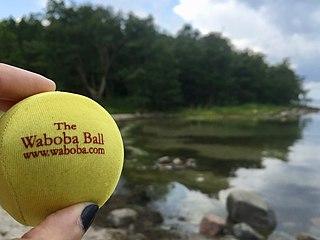
Have you ever wondered why a tennis ball bounces so effortlessly? The answer lies in the fascinating physics behind its composition, structure, and the forces involved in bouncing Let’s dive into this intriguing world where science meets sports!
Tennis ball composition and structure
1 Material used for manufacturing tennis balls:
Tennis balls are typically made from a combination of rubber and felt The rubber provides the necessary elasticity, while the felt covering enhances durability and grip on the court
2 Air pressure inside the ball:
An important aspect of a tennis ball’s bounce is the air pressure inside it Tennis balls are pressurized to maintain their shape and ensure consistent performance during play
Forces involved in bouncing
-
1 Impact force on the ground:
When a tennis ball hits the ground, an impact force is exerted on it, causing it to compress momentarily before rebounding back up
- a) Angle of impact:
- b) Velocity:
The angle at which the ball strikes the ground affects its trajectory after bouncing A steeper angle can result in a higher bounce
The velocity at which a tennis ball impacts the ground also influences its subsequent bounce A faster impact speed generally leads to a higher rebound
-
2 Elasticity and energy transfer:
- a) Coefficient of restitution (COR):
“Imagine a trampoline that springs back as soon as you jump on it”
The COR is a measure of how efficiently energy is transferred during a collision A tennis ball’s high elasticity, represented by its COR, allows it to rebound with minimal energy loss
According to the conservation of energy principle, the total amount of energy in a system remains constant When a tennis ball bounces, the potential energy gained during compression is converted into kinetic energy as it rebounds upwards
The physics behind the bounce of a tennis ball reveals the intricate interplay between material properties and external forces Next time you hit the court, take a moment to appreciate how science contributes to every exhilarating bounce!
Factors influencing how high a tennis ball can bounce
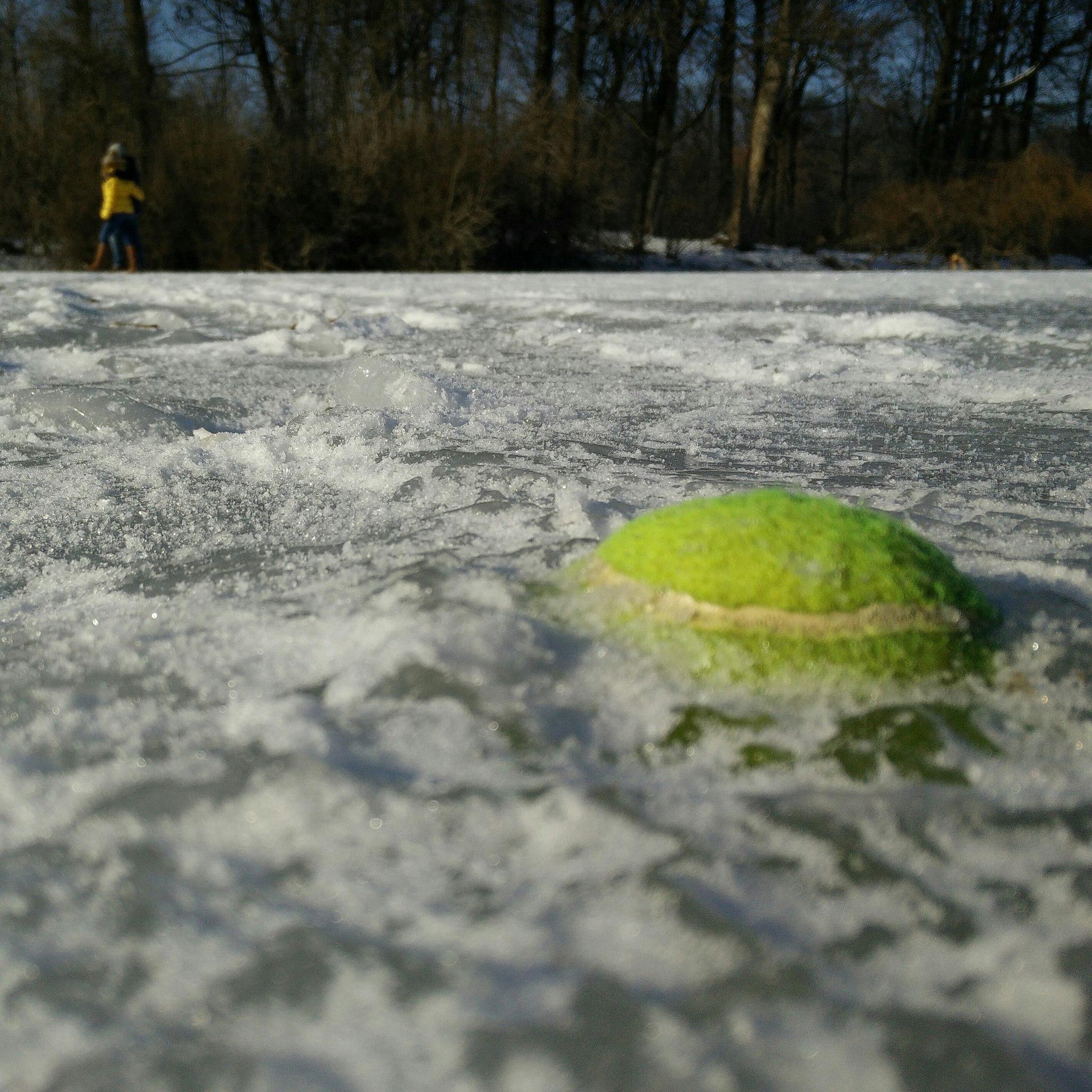
When it comes to the game of tennis, there are several factors that come into play when determining how high a tennis ball can bounce These factors can be divided into two main categories: environmental factors and player-related factors Let’s take a closer look at each of these influences
Environmental factors
1 Surface type:
- On grass courts, the ball tends to bounce lower due to the softer surface
- Clay courts provide more friction, resulting in higher bounces as the ball grips the surface
- Hard courts offer a consistent and predictable bounce, making it easier for players to anticipate and react accordingly
2 Temperature and air pressure effects on bounce height:
- The internal pressure of the ball is affected by temperature and air pressure changes Higher temperatures increase internal pressure, leading to higher bounces, while lower temperatures have the opposite effect
- Air pressure also plays a role in determining how high a tennis ball will bounce Higher air pressure results in a livelier ball with greater rebound potential
Player-related factors
1 Technique used to hit the ball:
- The spin types employed by players greatly influence the trajectory and height of the bounce Topspin shots create a downward force on impact, causing the ball to dip before bouncing higher Backspin shots, on the other hand, generate an upward force that leads to lower bounces Sidespin shots add an element of unpredictability to the bounce
- The stroke types used also affect how high or low a tennis ball will bounce Serves, volleys, and groundstrokes each have their unique characteristics that impact the height of the bounce
2 Player’s physical attributes:
- The height and reach of a player can influence the angle at which they strike the ball, affecting the trajectory and subsequent bounce height
- A player’s strength and power also come into play More powerful shots tend to result in higher bounces due to increased force exerted on the ball
Understanding these factors allows players to adapt their game accordingly and make strategic decisions based on the conditions they are playing in Whether it’s adjusting their technique or anticipating how the surface will affect their shots, being aware of these influences can make a significant difference in a tennis match
Maximizing tennis ball bounce height: Practical tips for players

When it comes to maximizing the bounce height of a tennis ball, selecting the appropriate equipment plays a crucial role First and foremost, choosing balls with optimum performance characteristics is essential There are three types of balls available: Type I – slow pace balls, Type II – medium pace balls, and Type III – fast pace balls Each type has its own unique properties that can affect the bounce height
Racket selection also plays a significant role in maximizing bounce height Factors such as string tension and racket head size can greatly impact how the ball interacts with the racket Adjusting these factors can help optimize the amount of energy transferred to the ball upon impact, resulting in a higher bounce
Selecting appropriate equipment:
-
Choosing balls with optimum performance characteristics:
- Type I – Slow pace balls
- Type II – Medium pace balls
- Type III – Fast pace balls
-
Racket selection:
- String tension
- Racket head size
To further enhance your ability to maximize tennis ball bounce height, adapting playing techniques is key Mastering different strokes and spins allows you to manipulate the trajectory of the ball for optimal results Generating topspin during shots can increase the upward force on the ball, resulting in a higher bounce On the other hand, utilizing backspin can create a lower bounce while adding variety to your shots
In addition to adjusting your playing techniques, it’s important to adapt to different court surfaces Strategies for playing on grass courts may differ from those used on clay or hard courts Each surface has its own unique characteristics that can influence the bounce height and trajectory of the ball
Adapting playing techniques:
-
Mastering different strokes and spins:
- Generating topspin for higher bounce
- Utilizing backspin for lower bounce and variety
Adjusting to court surfaces:
-
Strategies for playing on different court types:
- Grass courts
- Clay courts
- Hard courts
The ability to maximize tennis ball bounce height requires a combination of appropriate equipment selection, mastering playing techniques, and adapting to different court surfaces By implementing these practical tips, players can optimize their game and achieve higher bounce heights, resulting in a more competitive edge on the tennis court
Useful Links

Bounce Back Ball – PALS – Task with Student Directions
Close encounters of the gravitational kind …
Does Temperature Affect the Bounce of a Ball?
Does Temperature Affect a Tennis Ball’s Bounce?
BALL APPROVAL TESTS
Why Do Tennis Balls Bounce?
How Long Before a Tennis Ball Loses its Bounce? And …
Potential Energy: The Study of a Bouncing Tennis Ball
GKK Tennis Balls 12 Pack Durable Pressurized …
The Best Tennis Balls – Long Lasting and High Bouncing
Types of tennis courts and their influence on ball bounce & …
How high does a tennis ball bounce when dropped from 5 …
How Quickly Does a Tennis Ball Lose Its Bounce?
How Tennis Court Type Influences Ball Bounce
Tennis Ball Pressuriser Tube
Bouncing Tennis Balls
How Long Do Tennis Balls Last?
The Physics of Tennis | Ball Spin During Bounce

